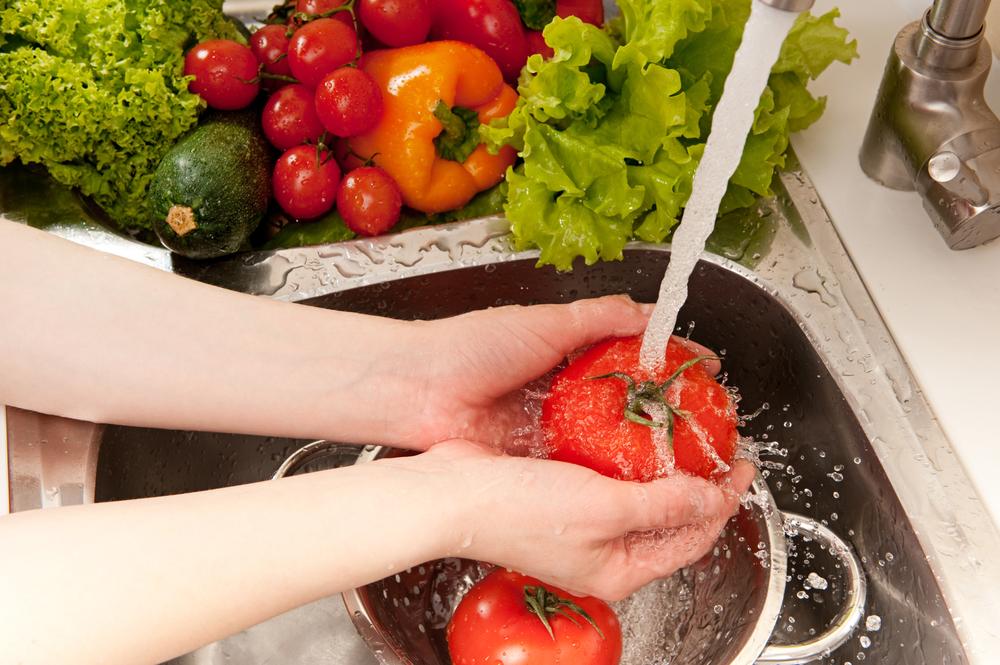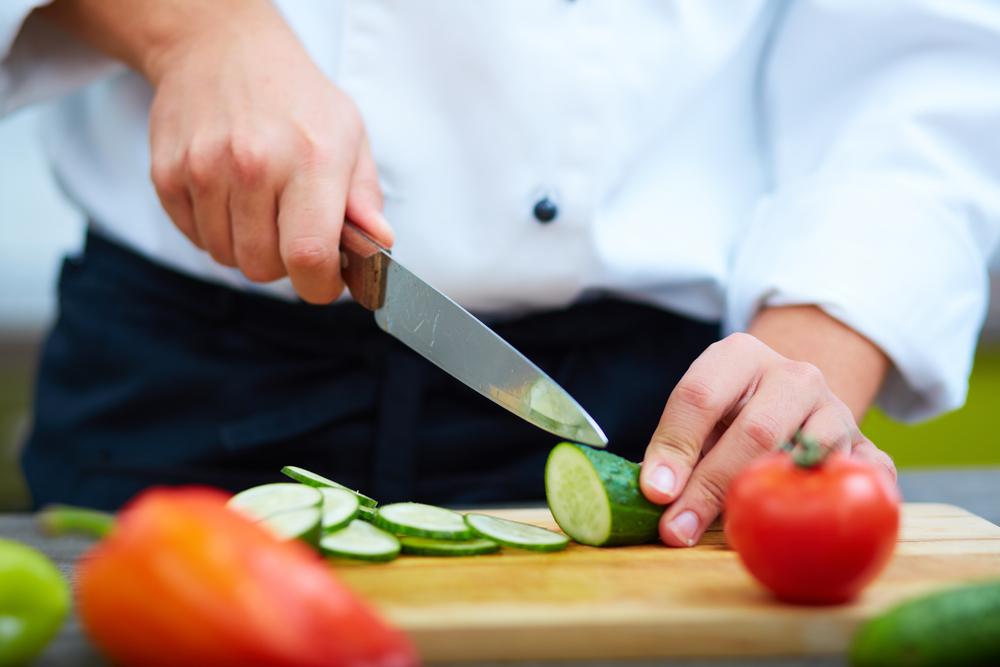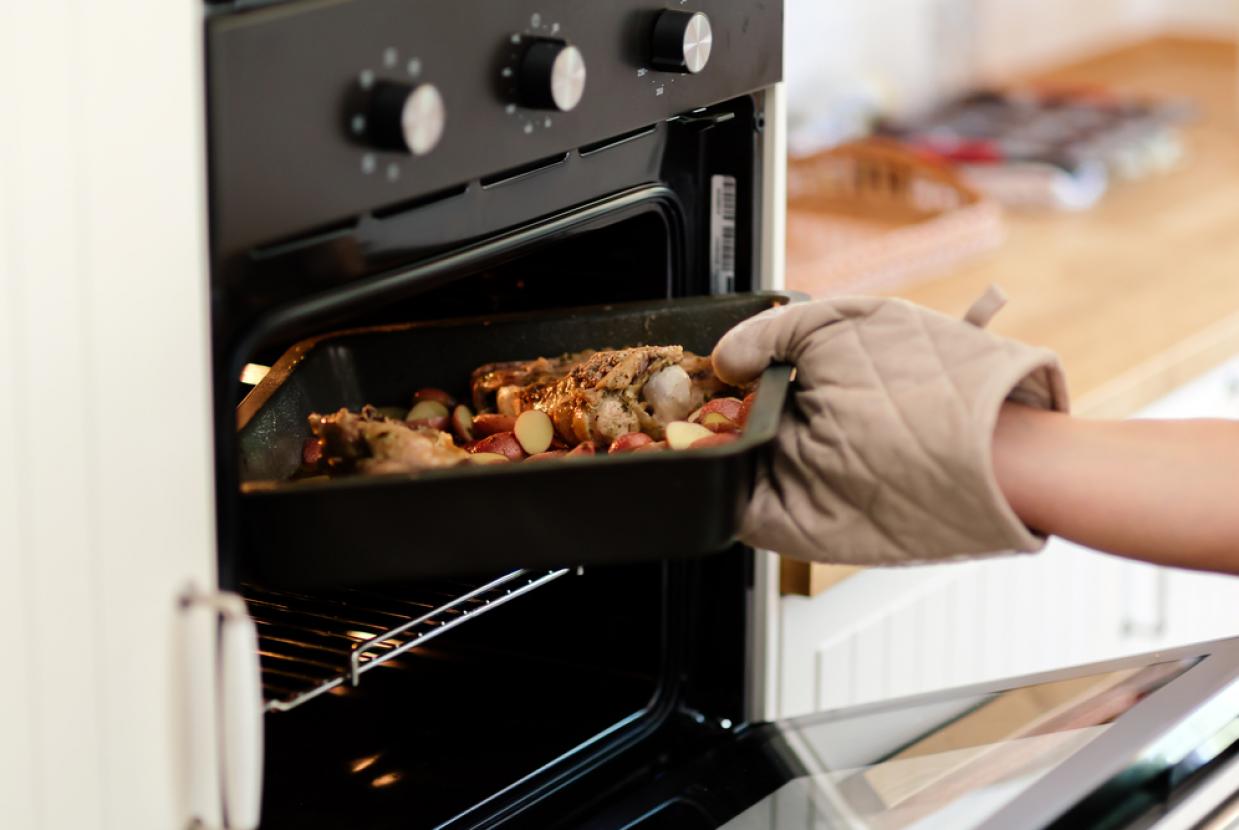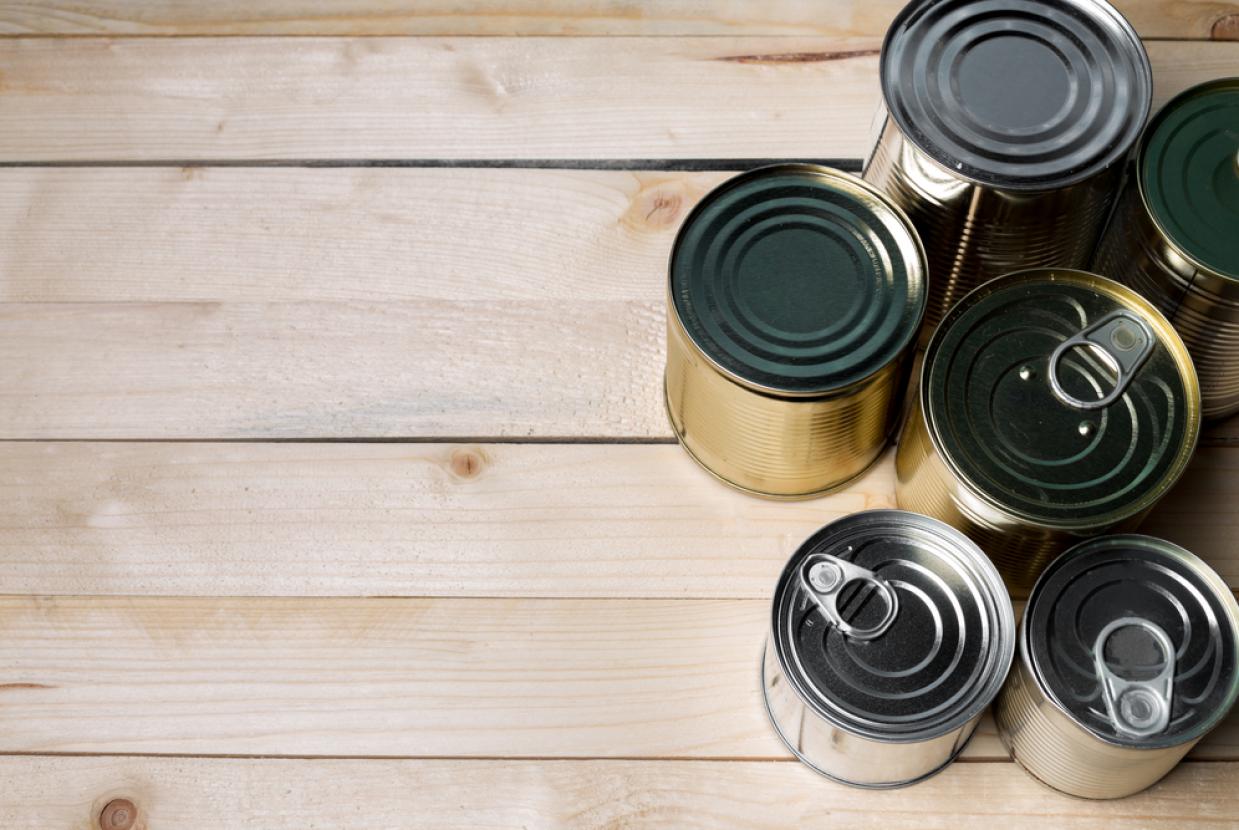10 Ways To Prevent Food Poisoning
Here are some tips to help you reduce your risk of food poisoning at home.
Wash your hands
Wash your hands thoroughly with soap and water (warm or cold) and dry them before handling food, after handling raw food – including meat, fish, eggs and vegetables – and after touching the bin, going to the toilet, blowing your nose or touching animals (including pets).
Wash worktops
Wash worktops before and after preparing food, particularly after they've been touched by raw meat (including poultry), raw eggs, fish and vegetables. You don't need to use antibacterial sprays: hot, soapy water is fine.
Wash dishcloths
Wash dishcloths and tea towels regularly, and let them dry before you use them again. Dirty, damp cloths are the perfect place for germs to spread.
Use separate chopping boards
Use a separate chopping board to prepare raw food, such as meat and fish. This is to avoid contaminating ready-to-eat foods with harmful bacteria that can be present in raw food before it has been cooked.
Keep raw meat separate
It's especially important to keep raw meat away from ready-to-eat foods, such as salad, fruit and bread. This is because these foods won't be cooked before you eat them, so any bacteria that get onto the foods from the raw meat won't be killed.
Store raw meat on the bottom shelf
Always cover raw meat and store it on the bottom shelf of the fridge, where it can't touch or drip onto other foods.
Cook food thoroughly
Make sure poultry, pork, burgers, sausages and kebabs are cooked until steaming hot, with no pink meat inside. Don't wash raw meat (including chicken and turkey) before cooking, as this can spread bacteria around your kitchen.
Freezing raw chicken reduces the levels of campylobacter bacteria but doesn't eliminate them completely. The safest way to kill all traces of campylobacter is by cooking chicken thoroughly.
Keep your fridge below 5°C
Keep your fridge temperature below 5°C and use a fridge thermometer to check it. This prevents harmful germs from growing and multiplying. Avoid overfilling your fridge – if it's too full, air can't circulate properly, which can affect the overall temperature.
Cool leftovers quickly
If you have cooked food that you're not going to eat straight away, cool it as quickly as possible (within 90 minutes) and store it in the fridge or freezer. Use any leftovers from the fridge within 2 days.
Respect 'use-by' dates
Don't eat food that's past its use-by date, even if it looks and smells okay. Use-by dates are based on scientific tests that show how quickly harmful bugs can develop in the packaged food.




































